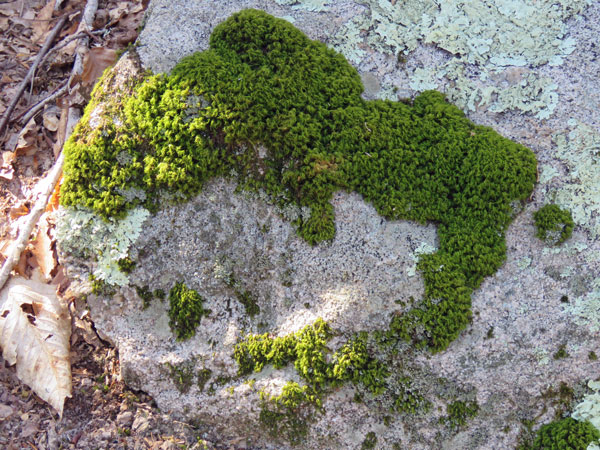
Picking our own strawberries used to be a favorite way of marking the summer solstice, but since my diet is so restricted now we decided to visit a different kind of farm this year. The beautiful, sweet-smelling Lavender Pond Farm fit the bill perfectly.

I had to laugh at myself. We were almost there when I realized I still had my house slippers on! So I wore my slippers all day! (Absent-minded old lady!) Thankfully there was no mud on the ground to deal with.

There were quite a few attractions and activities and it looks like they are still adding more. First we took a walk through the formal garden.


The air was fragrant with a thousand trodden aromatic herbs, with fields of lavender, and with the brightest roses blushing in tufts all over the meadows.
~ William Cullen Bryant
(Prose Writings, Volume 5)




Then we took a nice long, slow train ride on the purple Lavender Express, through the lavender fields and around the ponds. We also passed by more than a few fairy gardens in the woods.


and you can see them working around the hives.”

We are wont to forget that the sun looks on our cultivated fields and on the prairies and forests without distinction. They all reflect and absorb his rays alike, and the former make but a small part of the glorious picture which he beholds in his daily course. In his view the earth is all equally cultivated like a garden.
~ Henry David Thoreau
(Walden)

in the USA and first in CT to put in a SmartFlower.”


See the work of a master bridge wright.”

After the train ride, we did a quick walk-through in the gift shop, which smelled lovely, and then met a sleepy rooster outside. Tim spent a fair amount of time admiring a very old red truck. It felt a little strange being so close to people without a mask on, actually, just being close to people, period. I never know what to make of people who are wearing masks. Are they unvaccinated? Or playing it safe?



We had a lovely taste of the best kind of summer morning, with low humidity and comfortable temperatures. On the way home we stopped at my favorite restaurant for lunch, where they graciously take and prepare my special order. 🙂
The next day we went to an estate sale, something we haven’t done since before the pandemic started. Again I felt uncomfortable being in such close proximity to people with and without masks. (We’re not wearing them unless required by an establishment.) But I found a nicely-framed needlepoint of two chickadees on a branch, for only $5! And since the garden rake we use to spread mulch every year was falling apart we found one in good condition to replace it, also for $5. It doesn’t take much to delight us! 🙂








































































































